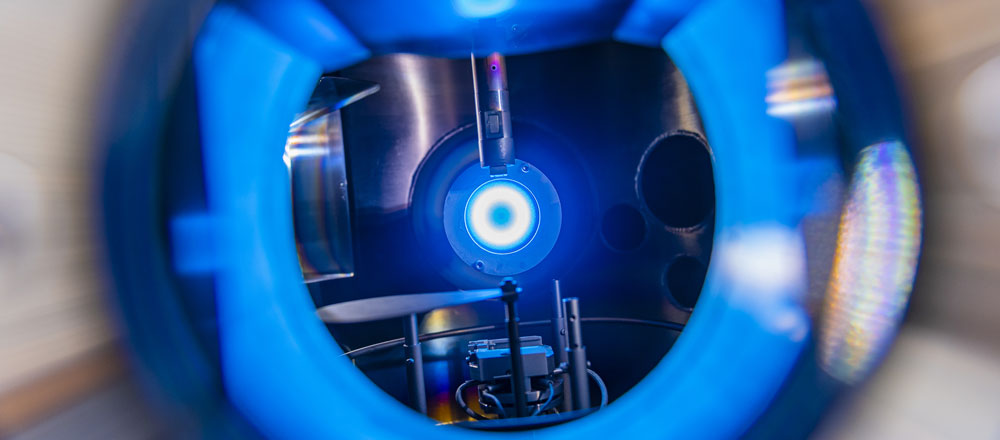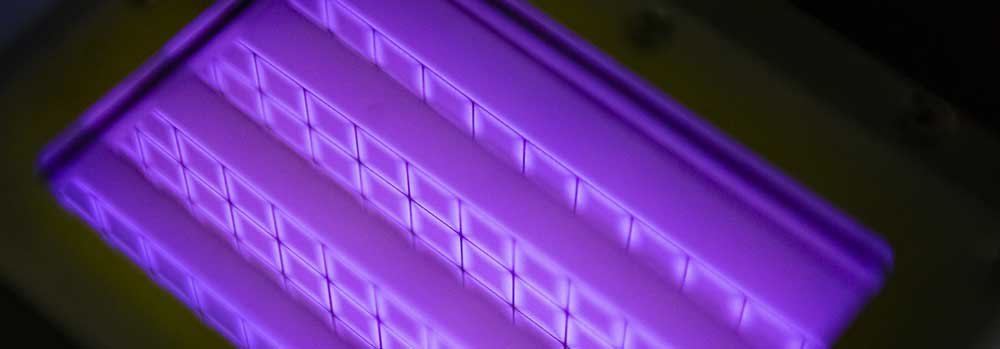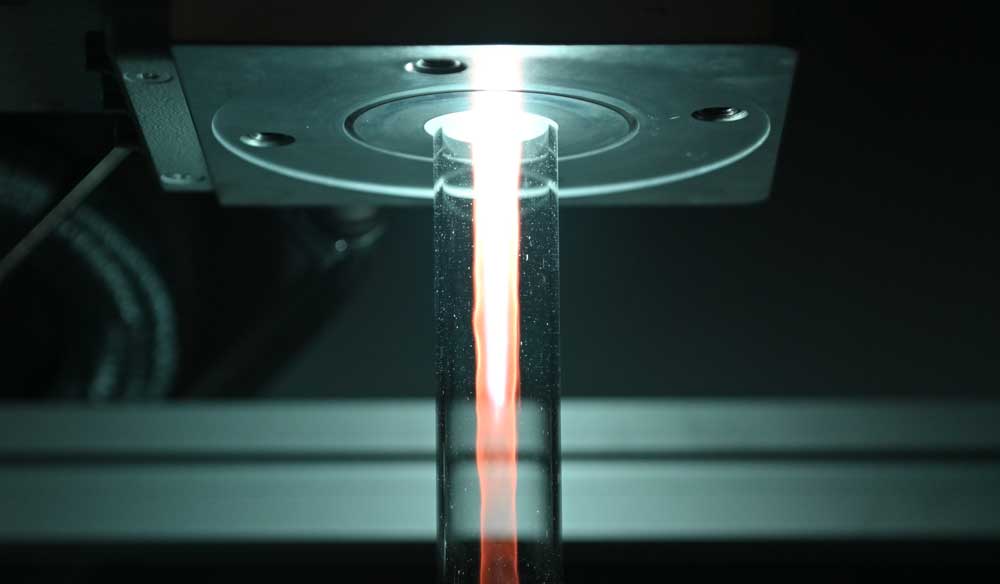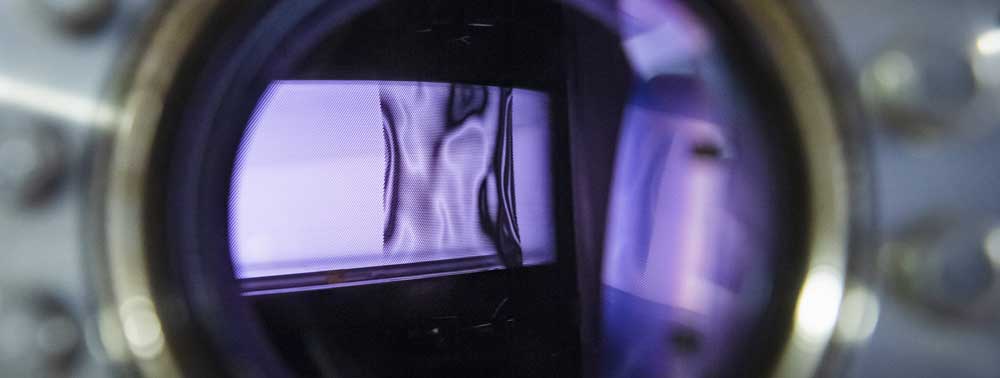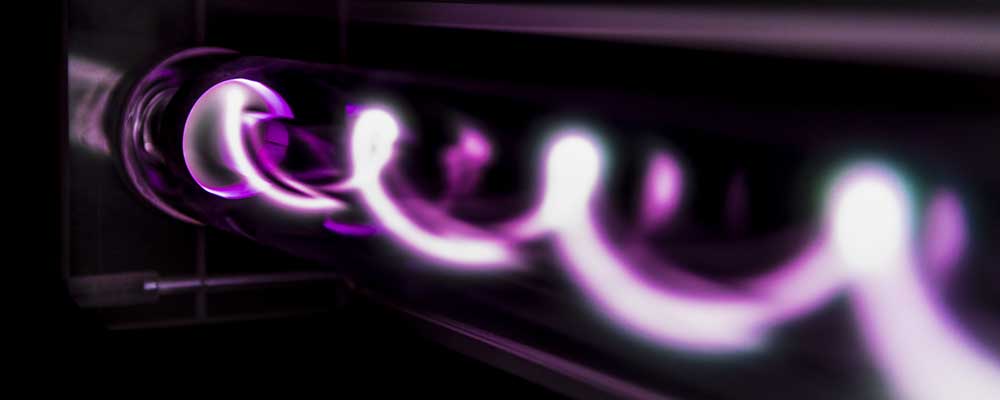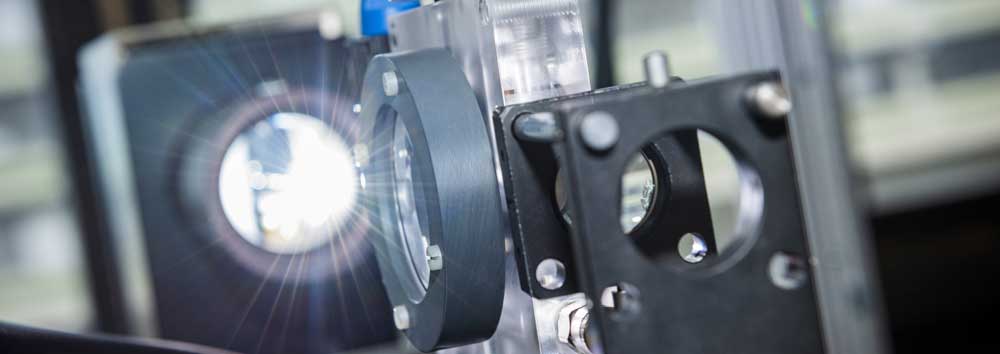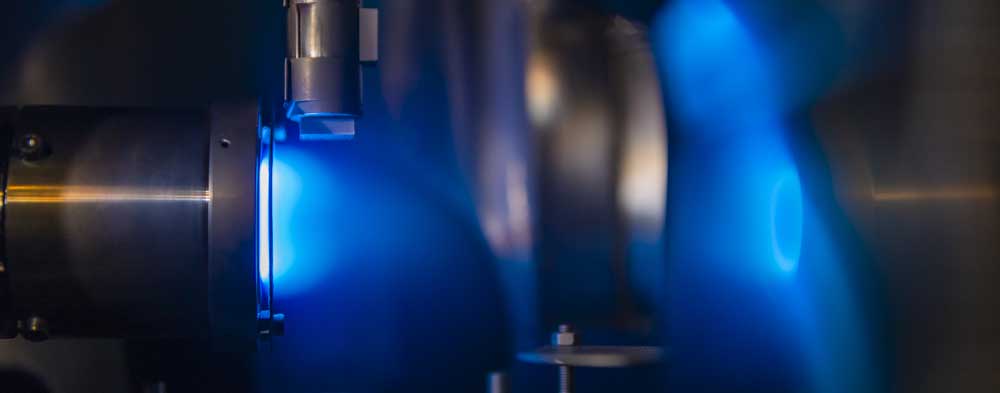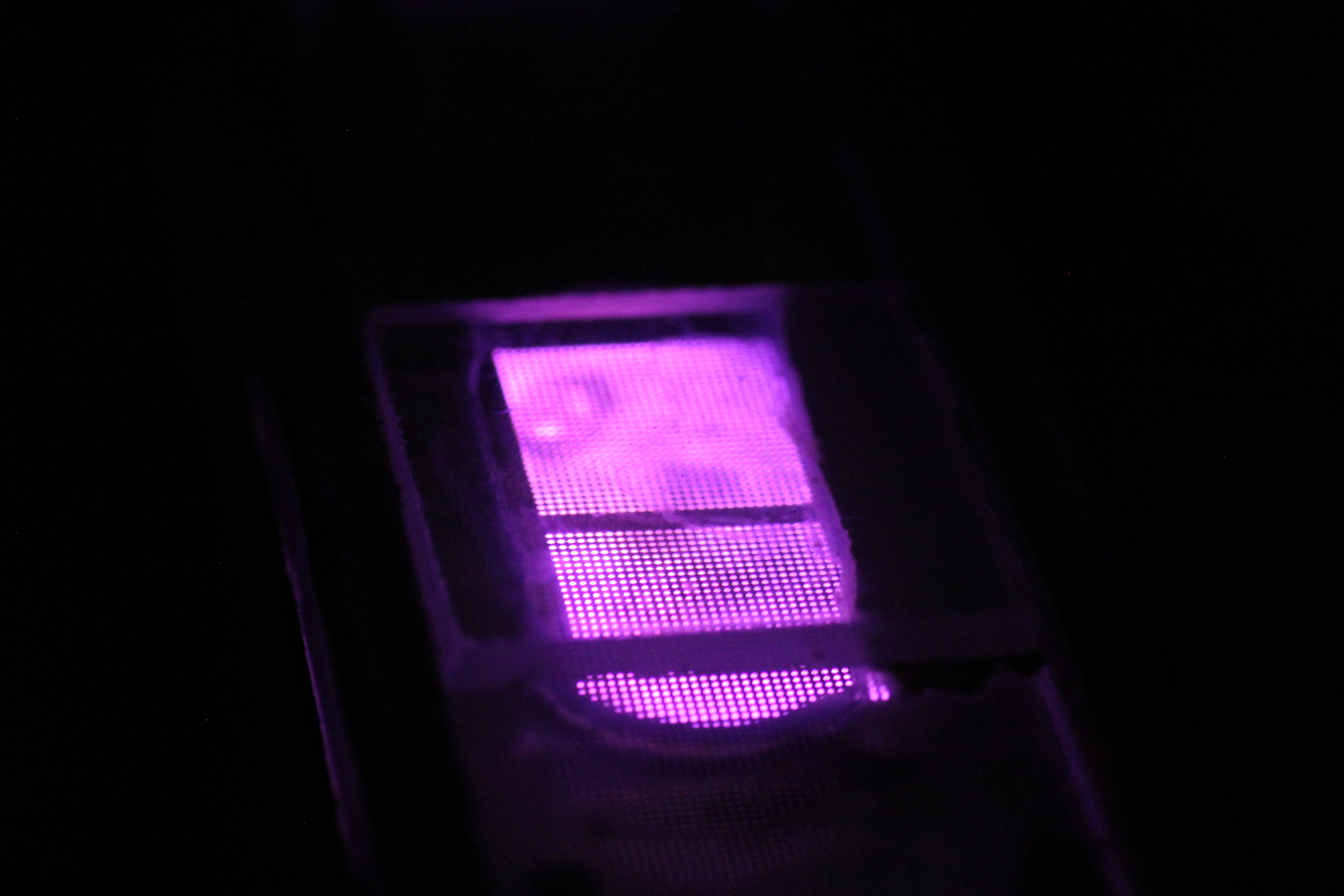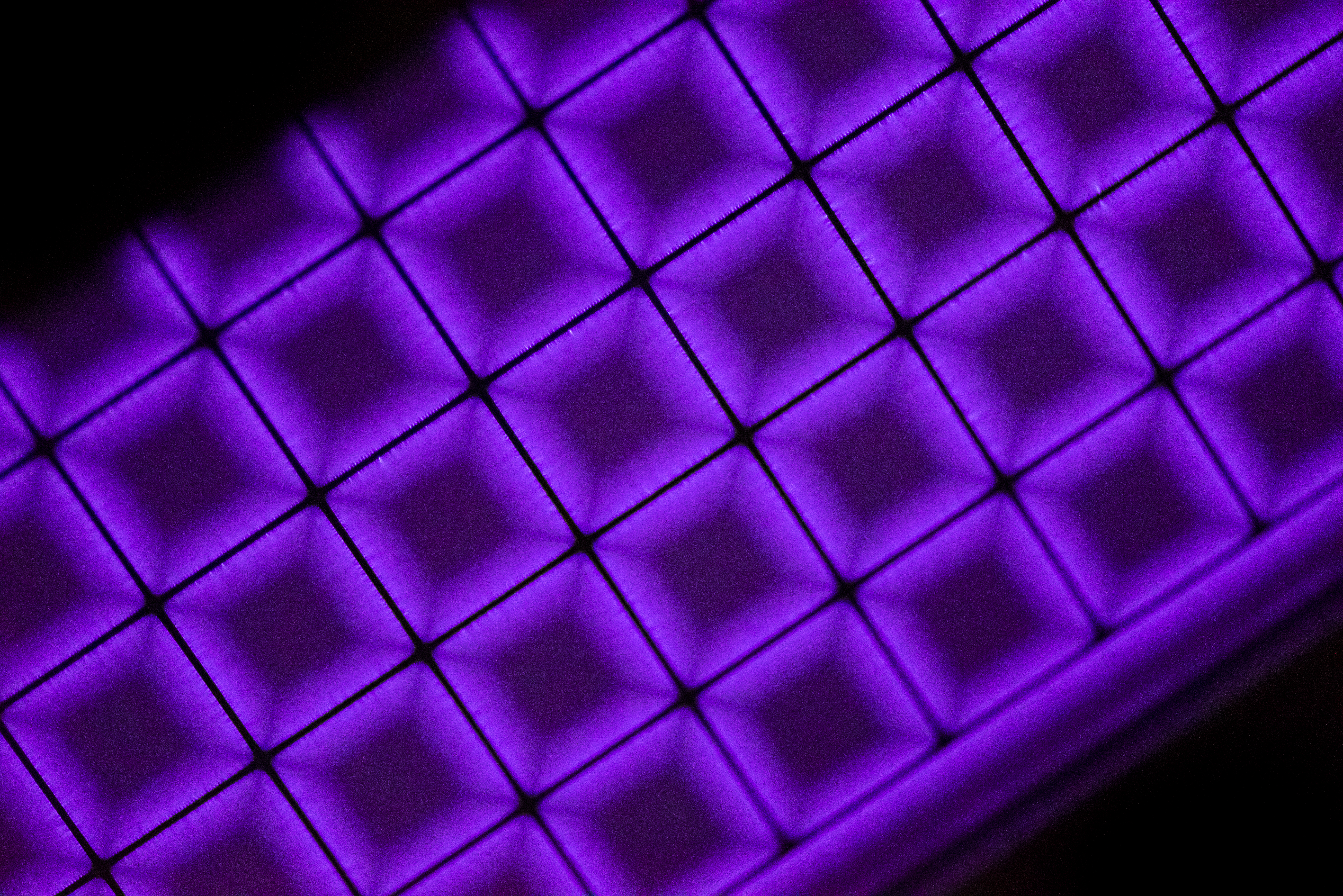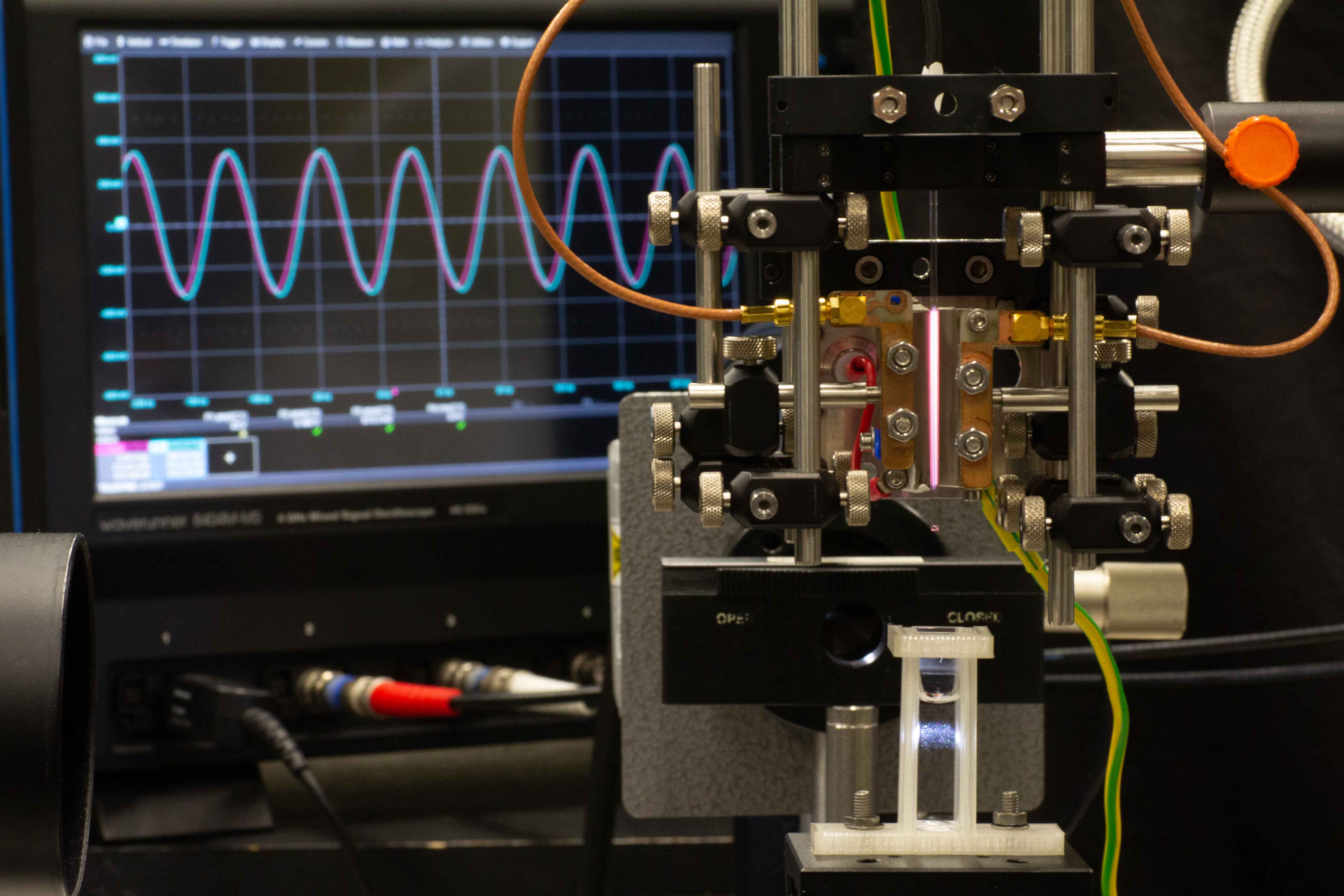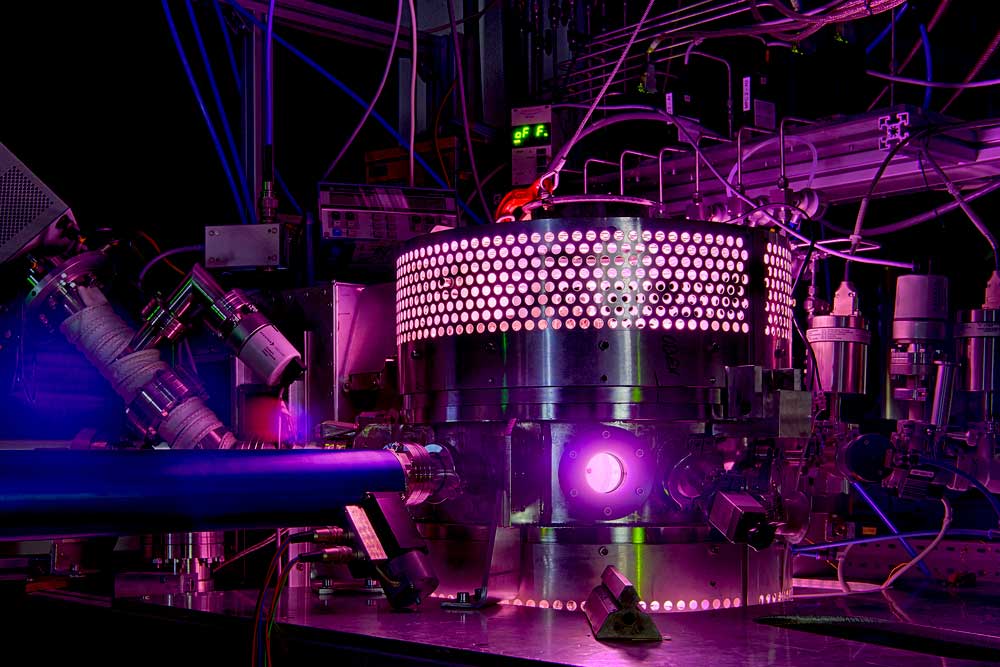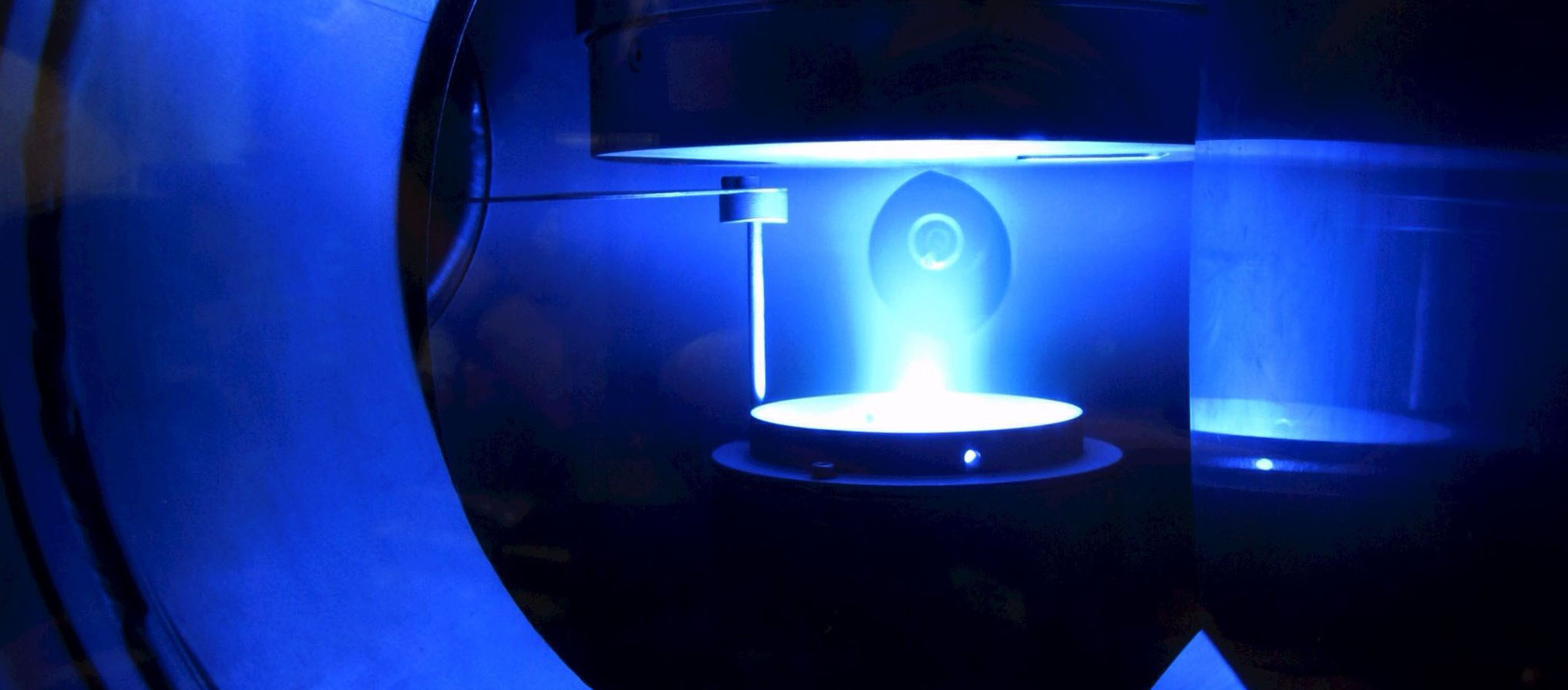- Details
TP1
PROF. RICHARD SYDORA
In January 2015, Prof. Dr. Richard Sydora from the University of Alberta, Canada, is again a guest in Bochum. In the context of the collaboration with the research group 1048 and the RD Plasma, he dealt intensively with the current results of the FlareLab experiment.
- Details
EP5
PROF. DR. SATOSHI HAMAGUCHI
Prof. Dr. Satoshi Hamaguchi will be a guest of Prof. Dr. Uwe Czarnetzki (Experimental Physics V) on January 27/28, 2015.
- Details
EP2
SHAOJUN XU
PhD student Shaojun Xu from University of Manchester is staying at Experimental Physics II (RUB) from January 26th-30th, 2015. He is working for the Marie Curie - Initial Training Network Reactive Atmospheric Plasma processIng (RAPID).
Working with Simon Hübner, Gert Willems, Simon Große-Kreul and other students and staffs in our group, Shaojun was here to carry out the mass spectroscopic study of UV-catalysis system, which was to study the UV photocatalysis effect for ions generation in different air humidity with and without TiO2. The ions Mass Specs and neutral Mass Specs are employed for measurement. The results was expected to show the synergistic effect between UV and TiO2 catalyst. The effect of air humidity was also discovered.
- Details
TP4
DR. HONQING HE
Dr. Honqing He from the Chinese Academy of Science, Beijing, China has been staying at the Institute of Theoretical Physics IV / Chair of Space and Astrophysics (Prof. Dr. Reinhard Schlickeiser) for two years since May 2014. His stay is supported for one year by a grant from the "China Postdoctoral Science Foundation Program", the second year by the chair.
- Details
EP5
PhD Emile Carbone AvH scholarship
Postdoc Dr. Emile Carbone will stay with a AvH scholarship at the Chair for Plasma and Atomic Physics (Experimentalphysics V) with Prof. Dr. Uwe Czarnetzki for two years. He is Belgian and used to work for as a postdoc for CNRS at Laboratoire des Technologies de la Microélectronique in Grenoble, France.He will begin his work at February 1st, 2015. Welcome!
- Details
AEPT
DR. ENRIQUE IGLESIAS
Dr. Enrique Iglesias from the Universidad Simón Bolívar, Caracas, Venezuela is currently a guest at the Chair AEPT. He will give lectures on three Thursdays (11/27, 12/4 and 12/11/2014) from 10:00-12:00 (ID/04/653).
1) Do, 27.11.2014: Spectroscopy Relevant Topics For In Situ Measurement Of The VUV Radiation Produced In A Microwave Plasma Discharge - We will discuss in detail an experimental procedure, which is based upon recording the fluorescence light emitted by sodium salicylate disks placed at the target position. Basic spectroscopy issues on visible and VUV spectroscopy will be addressed. Preliminary results wil be presented.
2) Do, 4.12.2014: From Photon Density Rate Emitted In The Plasma To Radiant Flux At The Target Surface. A Primer In Radiative Transfer - We will discuss basic concepts of radiative transfer in a plasma, and we will apply them to the interpretation of our VUV measurement. We will also address the basics of absorption spectroscopy using monochromatic beams.
3) Do, 11.12.2014: The Relative And Absolute Calibration Procedure For A VUV And Echelle Spectrometers Using The Techniques That Are Regularly Applied At The AEPT Institute - We will outline the general basic issues of the relative calibration of a modern compact visible spectrometer. We will discuss the relative calibration procedure of a VUV and echelle spectrometers. A basic technique of absolute calibration of an echelle spectrometer will be presented also.
- Details
TP4
PROF. DR. FELIX SPANIER
Prof. Dr. Felix Spanier from North-West University, Potchefstroom, Southafrica, is a guest of Prof. Dr. Reinhard Schlickeiser (TP IV) and will give a talk on "Emission mechanisms in AGN - a non-linear puzzle" in the seminar "Space and Astrophysics" on 09.12.2014 at 14:15 in NB 7/67. Interested parties are welcome to attend!
Abstract: Active Galactiv Nuclei are nowadays one of the most interesting objects of extragalactic astronomy. Their wideband spectrum and their extreme properties - in terms of energy as well as in terms of variability - can be studied with recent experiments like HESS and Fermi. Although the amount of observational data is increasing rapidly, we do not yet understand the intrinsic mechanics of these objects. While there is consensus that AGN host populations of nonthermal particles, it is neither clear whether these are only leptons or also protons nor is it clear, which emission mechanism plays a role.
In my talk I want to outline the problems in understanding the emission mechanisms. One of the major problems is the nonlinear coupling of different processes, which effectively prevents a simple linear analysis and a mapping of observational spectra and internal parameters. I will present different approaches of modeling AGN, their predictions and their pitfalls.
